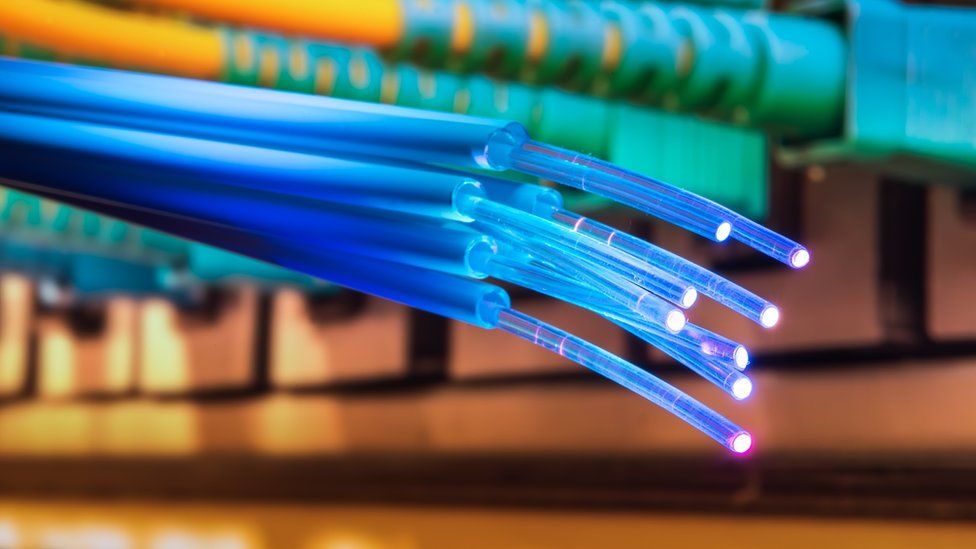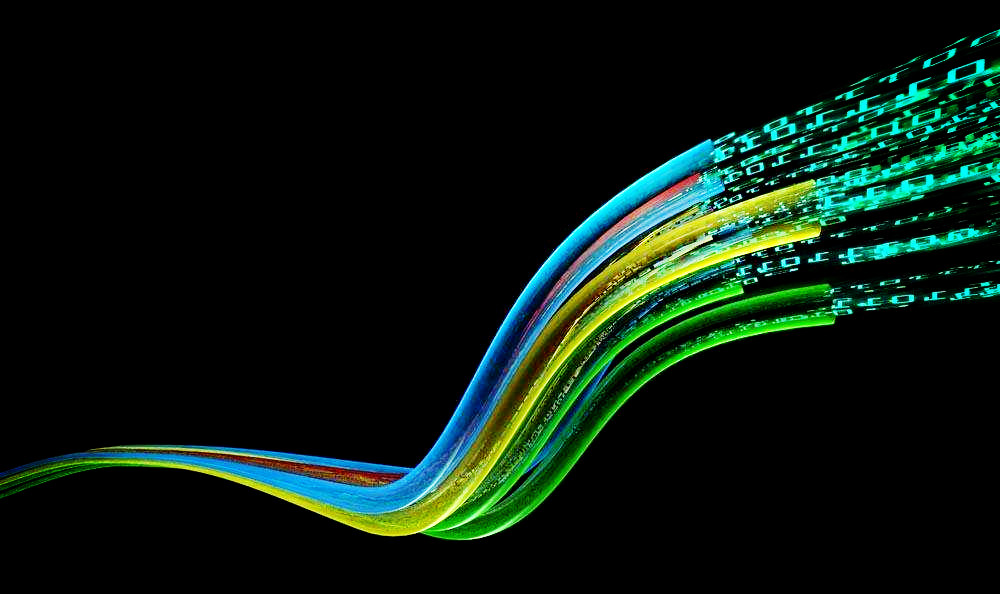Fiber optic cables have revolutionized the telecommunications industry, providing faster and more reliable communication networks. This article explores the evolution of fiber optic cables and their impact on various industries, with a focus on engineers, procurement staff, and the electricity transmission industry.
What are fiber optic cable connectors?
The fiber optic connector is a crucial component in optical fiber communication systems. It allows for the connection and disconnection of fiber optic cables, ensuring efficient data transmission. Over the years, fiber optic connectors have evolved to provide improved performance and ease of use.
Initially, connectors were bulky and difficult to handle, requiring skilled technicians to install and maintain them. However, advancements in connector technology have led to the development of compact and user-friendly designs. Modern fiber optic connectors are now smaller, easier to install, and provide better signal integrity.

The role of fiber optic connectors
One significant advancement is the introduction of standardized connector types, such as the SC (Subscriber Connector) and LC (Lu cent Connector). These connectors have become widely adopted in the industry due to their compatibility and interchangeability.
The evolution of fiber optic connectors has played a vital role in simplifying network installation and maintenance, saving time and resources for engineers and procurement staff.
Introduction to Optical Fiber Communication
Optical fiber communication is the method of transmitting information using pulses of light through fiber optic cables. This technology has completely transformed long-distance communication, allowing for high-speed data transmission over vast distances.
In the early days, copper cables were used for communication purposes, but they had limitations in terms of bandwidth and distance. Fiber optic cables, on the other hand, have provided significant advantages over traditional copper cables.
Advantages of fiber optic cables
Firstly, fiber optic cables have a much higher bandwidth capacity, enabling the transmission of large amounts of data at incredible speeds. This has been crucial in meeting the ever-increasing demand for faster internet connections and supporting bandwidth-intensive applications.
Secondly, fiber optic cables are more suitable for long-distance communication. Unlike copper cables, which suffer signal degradation over long distances, fiber optic cables can transmit signals over hundreds of kilometers without the need for signal repeaters.
Furthermore, fiber optic communication is highly resistant to electromagnetic interference (EMI) and radio frequency interference (RFI). This makes it ideal for use in environments with high levels of electromagnetic radiation, such as power stations and industrial plants.

Introduction to Fiber Optic Cables
Fiber optic cables are the physical medium used to transmit light signals in optical fiber communication systems. These cables consist of one or more optical fibers enclosed in protective coatings.
What’s driving fiber optic cable development
The evolution of fiber optic cables has been driven by the need for higher transmission capacities and improved reliability. Initially, single-mode fibers were commonly used, allowing for transmission over long distances with minimal signal loss. However, as the demand for higher bandwidth increased, multimode fibers were developed to support shorter-range applications.
Derivative technologies in fiber optic cord development
The introduction of wavelength-division multiplexing (WDM) technology further revolutionized fiber optic wires. WDM enables multiple signals to be transmitted simultaneously over a single fiber by utilizing different wavelengths of light. This has significantly increased the capacity of fiber optic cables, allowing for faster communication networks.
Fiber optic cables have also undergone improvements in terms of durability and flexibility. Newer cable designs incorporate stronger materials and protective layers to withstand harsh environmental conditions. Additionally, flexible cables have made installation in tight spaces easier, providing more versatility for engineers in various industries.
Future development and impact of fiber optic wires
The Rise of Major Emerging Technologies
With the excellent development of fiber optic technology in modern society, various emerging technologies such as the Internet of Things (IoT), Big Data, Virtual Reality, Artificial Intelligence (AI), and Fifth Generation Mobile Communication (5G) are emerging.
This creates a higher demand for information exchange and delivery.
According to research data from the KV cable team, annual global IP traffic has been growing significantly.
In the face of the high traffic growth trend, fiber optic wire communication, as the backbone part of the communication network, is subject to tremendous upgrading pressure, high-speed, high-capacity fiber optic communication systems and networks will be the mainstream development direction of fiber optic communication technology.
2 Intelligent Optical Networks
Compared with wireless communication systems, optical communication systems and networks for intelligent optical networks are still in the primary stage in terms of network configuration, network maintenance, and fault diagnosis, and the degree of intelligence is insufficient.
Due to the huge capacity of a single fiber-optic cable, the occurrence of any fiber-optic failure will have a great impact on the economy and society, so the monitoring of network parameters is crucial for the future development of intelligent networks.
We believe that the future research directions to focus on in this area are: system parameter monitoring system based on simplified coherence technology and machine learning, physical quantity monitoring technology based on coherent signal analysis, and phase-sensitive optical time-domain reflection.

In the electricity transmission industry, fiber optic cables have found widespread applications in power system monitoring and control. They enable real-time communication between substations and control centers, improving the efficiency and reliability of electricity transmission networks.
In conclusion, fiber optic cables have undergone a remarkable evolution, transforming the telecommunications industry. With advancements in fiber optic connectors, optical fiber communication, and the design of fiber optic wires, engineers, procurement staff, and the electricity transmission industry have benefitted from faster, more reliable, and more efficient communication networks.